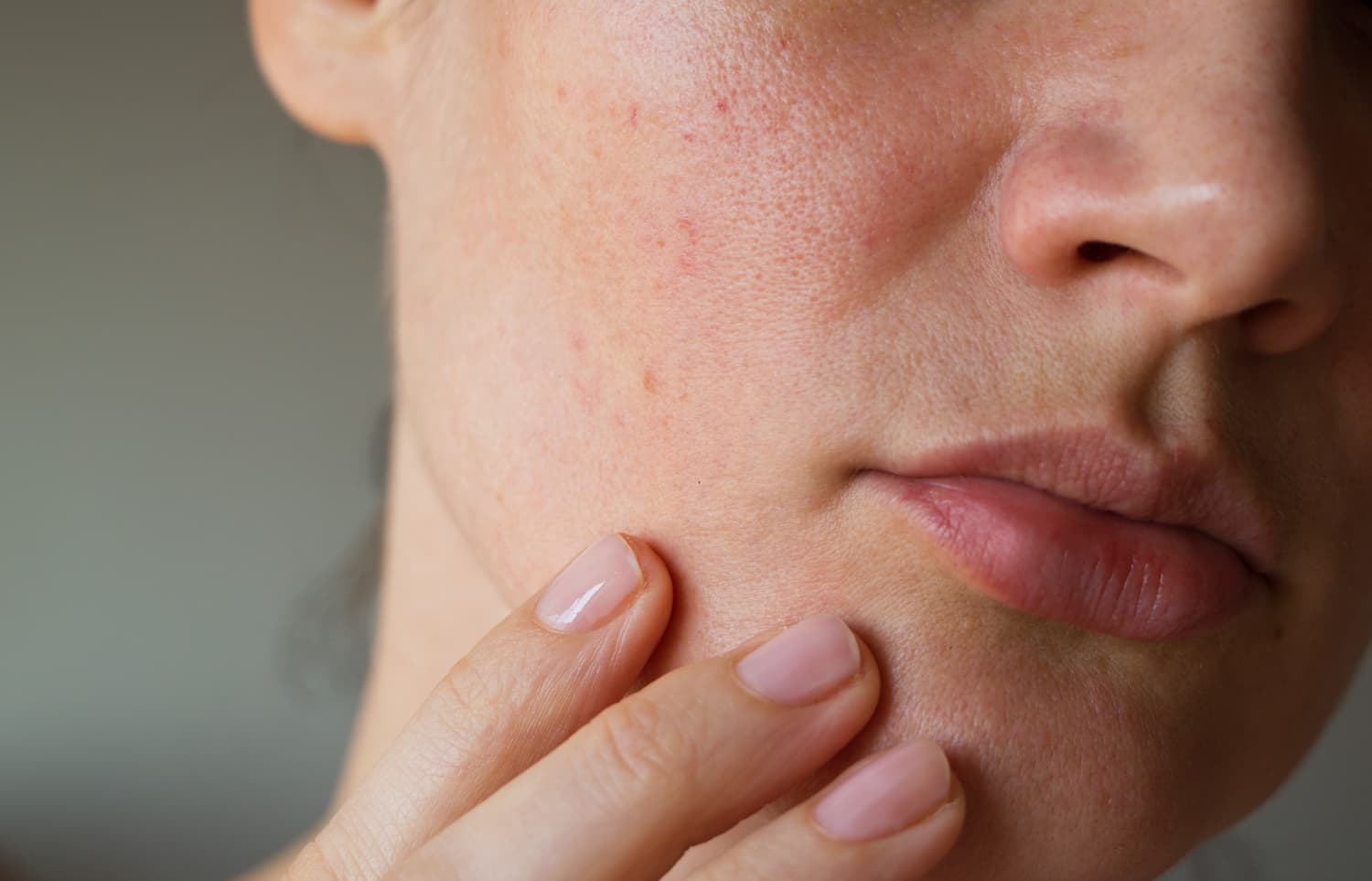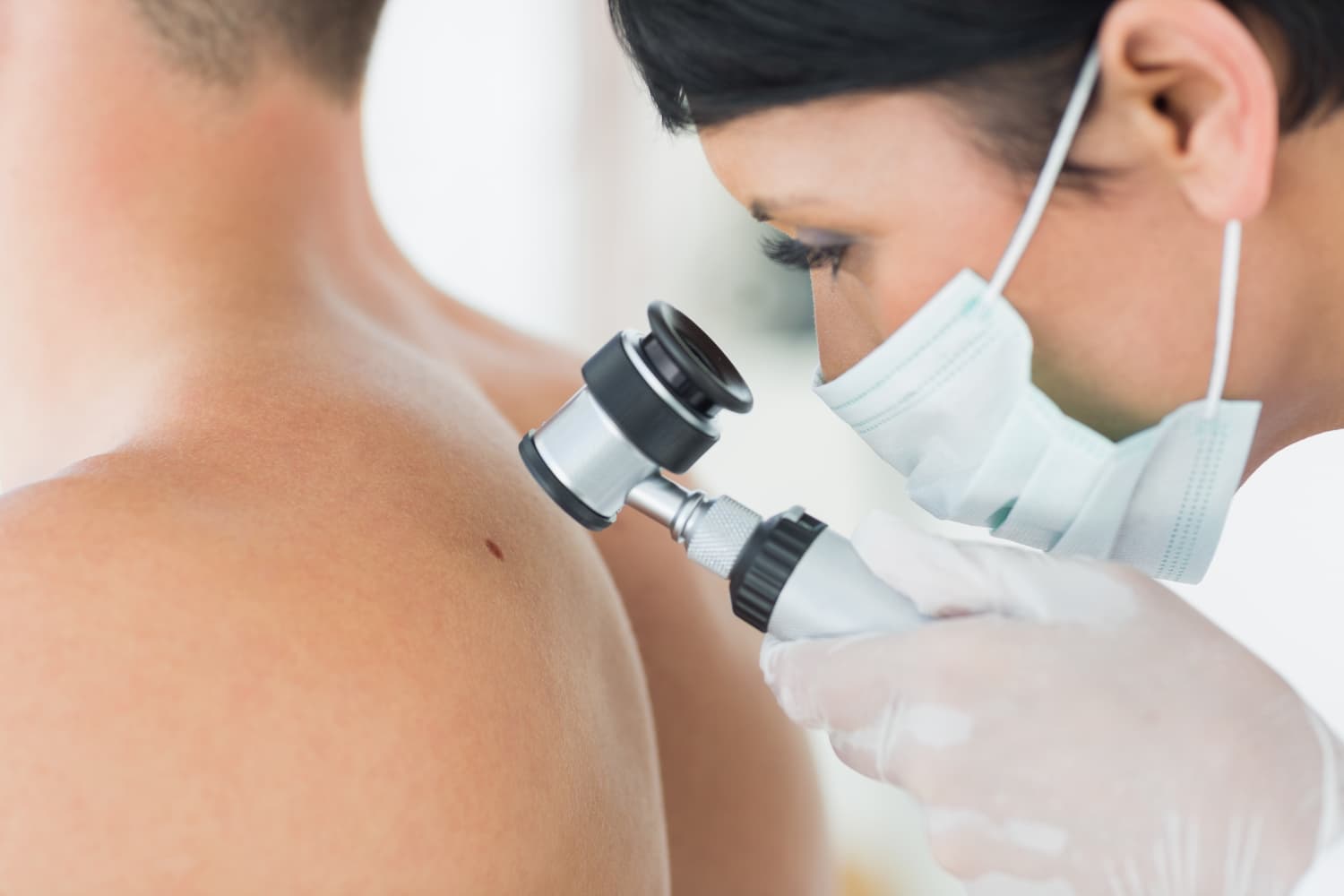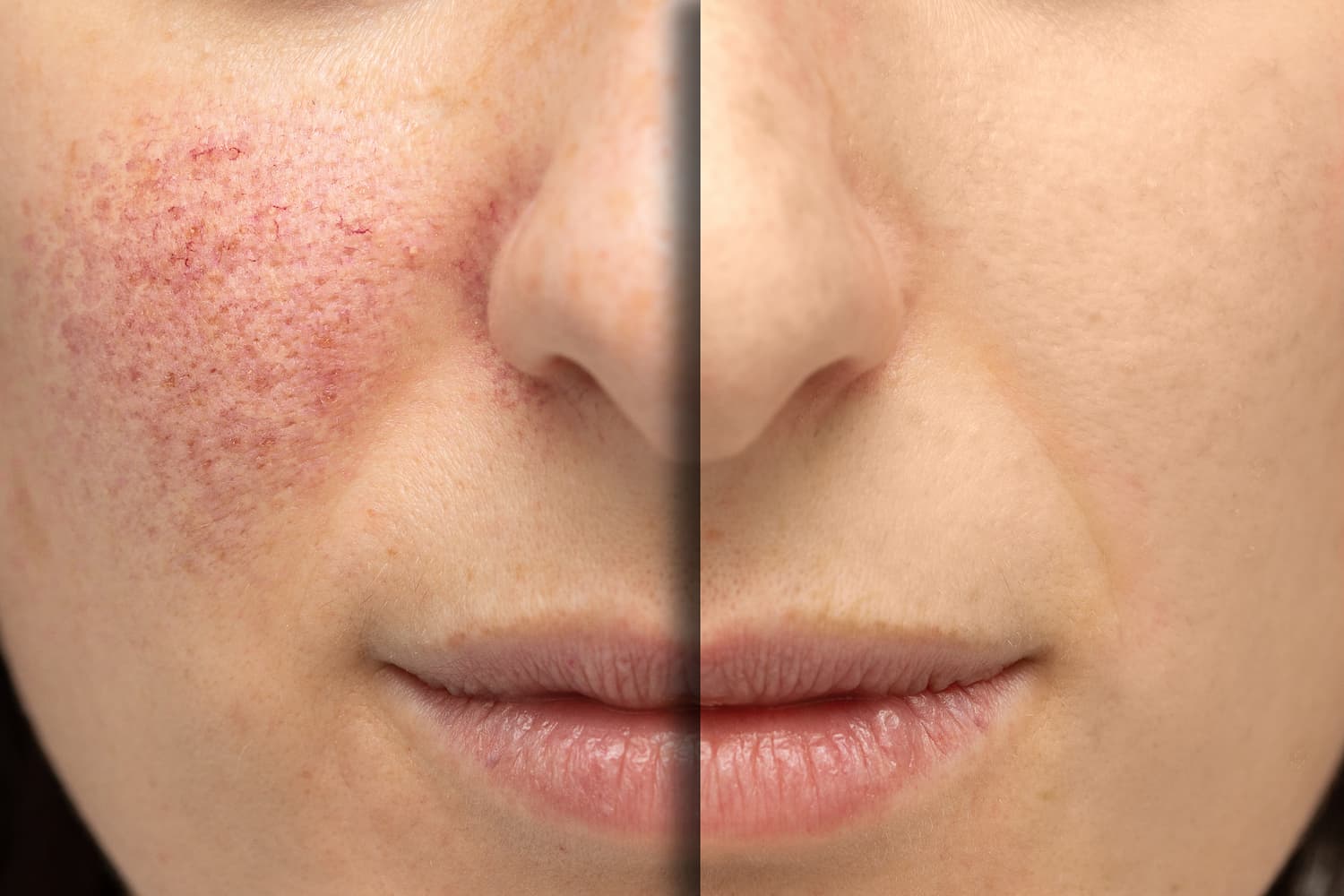The winter season brings challenges to our skin with the heaters cranking and low moisture in the air. This leaves our skin dry and itchy. Without its proper moisture barrier, the skin can become irritated, inflamed, and even fissured (aka cracked). Many consequences stem from this.
That’s why the physicians at Affiliated Dermatology are sharing effective ways to help your skin feel and look better in the winter.
Limit hot showers
A long, hot shower may sound like the perfect recipe on a cold morning, but too much hot water can strip away skin’s natural oils. Try lukewarm water instead and limit showers to ten minutes or less. Use only gentle, mild soaps. Deodorant soaps and antibacterial soaps can remove more natural oils and dry your skin. Immediately after bathing, dry yourself carefully by patting your skin dry and applying moisturizer to lock in water.
Avoid chapped lips
Unlike the rest of your skin, lips tend to dry out and become chapped easily since they do not contain oil glands. As a preventative method to reduce chapped lips, refrain from licking your lips and moisturize with an SPF 15 or higher lip sunscreen. You can also try applying beeswax or petroleum jelly regularly to prevent and treat a flaky kisser. Remove dry, dead skin flakes by gently brushing your lips with a wet, soft toothbrush or washcloth. If you’re traveling, be sure to carry a hydrating lip balm and hand lotion—especially when flying.
Hydrate hands and heels
It’s not just cold weather that can dry out our hands, it’s also the frequent use of hand sanitizer and hand washing to avoid cold and flu germs. We see a lot of patients flock to our office with flares of hand eczema during the winter, where they present with hands that are bright red, itchy, and painful. To prevent dry hands, limit heater use, limit hand washing with harsh soaps, and moisturize daily with quality creams by Cerave, Aveeno, Eucerin, or Cetaphil. Use a glycerin-based moisturizer after each hand washing and when your hands feel tight and uncomfortable. Even simple products like Vaseline (petroleum jelly) can help tremendously for the hands.
Dry skin often results in cracked heels, too. Try coating them with petroleum jelly then covering them in plastic wrap and wearing socks overnight.
Daily face moisturizer
The skin on your face skin may need a heavier, daily moisturizer, during the winter months. Some people may want to skip anti-aging moisturizers that contain retinoids because they could aggravate already dry skin. To get the most out of your moisturizer be sure to exfoliate first and remove dry, dead skin cells. If your skin is sensitive consider consulting a dermatologist for the best way to do this.
Apply sunscreen, always
Sunscreen is a must year-round, especially in sunny Arizona. Any time that you are outside for an extended period this winter, always make sure to apply sunscreen with an SPF of at least 30 every day to avoid burning. Reflective surfaces can reflect most of the damaging sun rays, so you can get a sunburn in the shade or when skiing on a cold, winter day.
UVB rays, the main cause of sunburn, are the strongest in the summer. However, UVB rays can burn and damage your skin year-round, especially at high altitudes and on reflective surfaces such as snow, water or ice. Snow reflects up to 80% of the sun’s UV light, so the rays hit you twice, further increasing your risk of skin cancer and premature aging. UVA rays remain constant throughout the year and can penetrate through clouds and fog. UVA rays can also penetrate glass, so it’s still possible to damage your skin while spending a bright winter day indoors.
H20 is the way to go
Your skincare doesn’t end once you’ve left the bathroom. Drink plenty of water and hydrate consistently throughout the day. There are several benefits of drinking water that will promote healthy living as well as healthy skin. Your complexion will glow from hydrated skin and can prevent it from drying out. Lack of water and dehydration leads to dry, tight skin which is more prone to wrinkles and your skin becomes much more vulnerable to accelerated aging. Regardless of what time of year it is, continue to drink water as much as possible and avoid consuming excess amounts of alcohol and smoking tobacco products, as these dehydrate you too.
Don’t forget your scalp
In the winter, you may also experience flares of dandruff (known as seborrheic dermatitis), where bright red patches and greasy scales develop within and around the scalp, facial hair, nose, ears, and eyebrows. You need to address this problem with over-the-counter shampoos that contain ingredients like ketoconazole or selenium sulfide, which are contained in brand products like Nizoral and Selsun Blue, respectively. It’s important to keep in mind that there are many rashes that can mimic seborrhea/dandruff, so visiting your dermatologist is a good idea. Plus, we can prescribe special medications for this condition. Also, stay away from hair pomades and thick hair gels, as these will worsen dandruff!
Unfortunately, even when you abide by this routine strictly, you still may require a visit to the dermatologist for medicated ointments. Many other skin conditions worsen in the winter—including psoriasis, acne, and rosacea just to name a few. So, if you are unsure about a winter rash, contact Affiliated Dermatology to get evaluated.






